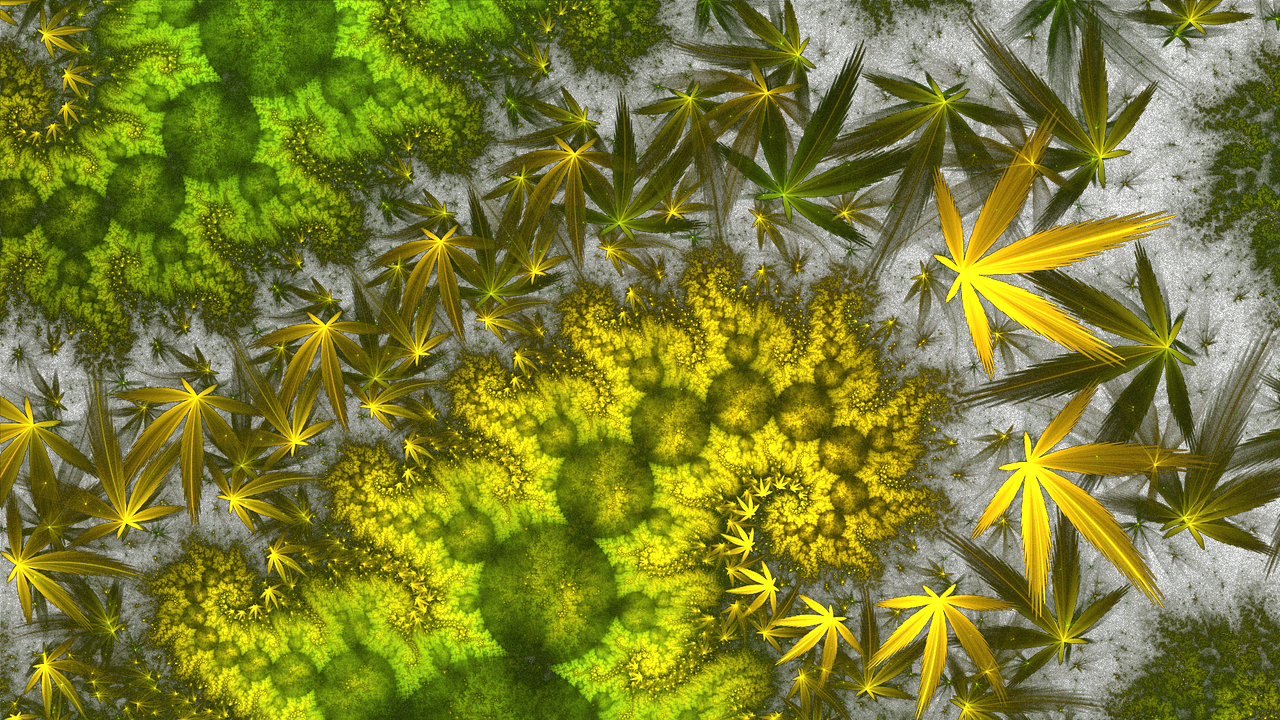Hemp Seed Oil v Hemp CBD Oil, Know The Difference!


They look the same and are both extracted from the same plant, but they are not the same.
Confused?
The various extracts, compounds, and benefits of hemp can be somewhat confusing. The terms hemp oil, CBD oil, hemp seed oil, cannabis oil, and hemp extract are often used interchangeably, even though they are not the same, and offer different benefits.
Hemp seed oil can be confused with other extracts of the hemp plant. It’s often confused with pure CBD hemp oil because CBD oil and hemp oil look the same, and offer some of the same benefits.
If you’re interested in trying hemp CBD oil for yourself, you need to know a few things before getting started, so let’s begin with a few basics.
Full-spectrum hemp CBD oil extract is considered a “whole-plant” extract, which means that it has a wide profile of terpenes, flavonoids, Phytocannabinoids, fatty acids, and other compounds that can work together to produce the entourage effect. It’s usually extracted from the leaves and flowers and may contain a small percentage of THC. It must contain less than 0.3% THC to be sold legally throughout the United States.
Hemp seed oil is not the same as CBD oil, as it’s extracted from a completely different part of the hemp plant(seeds), and doesn’t offer as many benefits as CBD oil due to the absence of cannabinoids.
Hemp seed oil is typically used as a nutritional supplement. It contains a high proportion of healthy fatty acids and can be added to a daily vitamin or supplement regimen. It’s also commonly used in cooking. It’s important to note that hemp seed oil does not contain THC or CBD.
To confuse us further, there is another type of hemp oil; cannabis oil, a derivative from the cannabis Sativa plant, a variety of the hemp plant. It typically contains both CBD and high concentrations of THC, usually up to 20%. This type of oil will get you high, and it can’t be purchased legally or possessed outside of the states where cannabis products are legally sold.
There are a few different ways that hemp CBD oil can be extracted from the hemp plant. The most common, safest, and purest method of extraction is CO2 extraction.
CO2 extraction uses high pressure and low-temperature CO2 gas to extract and cannabinoids. It is a time-consuming and expensive process, which is what drives up the price of many hemp CBD oil products, but it’s the best way to get CBD oil, cannabis oil, hemp seed oil, and hemp oil extracts from the plant.
There’s also ethanol extraction, which is fine for small batches of hemp. This is not usually recommended because it destroys the plant waxes which can provide certain health benefits.
Butane or hexane can also be used to pull cannabinoids from the hemp plant, but there can be a chemical residue that can be harmful to your body.
Olive oil extraction is another way to get beneficial oils from hemp. It’s a natural method, and olive oil has its own benefits, but some compounds may be lost during the extraction process.
The best way to extract hemp oils from hemp in large batches without producing toxins or chemical residue is CO2 extraction. Always try and purchase your hemp oil from companies that use this method to manufacture their products.
Hemp CBD oil is used to treat many health issues and meet wellness needs for individuals. The health claims are largely unproven by science (although there is promising research in many areas), but there are countless reports from consumers who have benefited from hemp CBD oil.
Here are some of the most commonly touted benefits:
There are dozens of hemp products and several different ways to consume hemp. You can choose the method that works best for you, but the most common include sublingual tinctures, topical creams, vape oils, and edible gummies.
Sublingual tinctures are held in the mouth before swallowing, are the most potent, fast-acting, and longest-lasting method of ingestion. They absorb into the mucous membranes of your mouth to increase cannabinoid levels in the bloodstream.
You can also eat hemp CBD oil in capsule form or in the form of a treat like chocolate or gummies. This is a convenient and effective way to take CBD, but some of the enzymes and cannabinoids get destroyed during digestion, so it’s often not as potent. It also takes longer to work, but it has a slow-release, which can make the duration of effects longer.
Using CBD vape oil delivers fast-acting effects, but it does not stay in the system for long. Cannabinoids get into your bloodstream without digestion or passing through the liver, but vaping is not as healthy as ingestion, so it’s not usually the recommended way to take it.
Topical hemp CBD oil creams can be applied to problem areas on the skin. It can also be used to treat joint pain. In strong doses, it can penetrate the skin into the bloodstream.
You can try taking hemp CBD oil in any of these forms at various doses. Start with 5-10 mg to see how it affects you. If you feel little or no effect, increase the dosage the next day.
If you feel intense side effects like dizziness, lightheadedness, nausea, or fatigue, reduce the dose.
The key is to discover your preferred method for the optimum effect on your system.